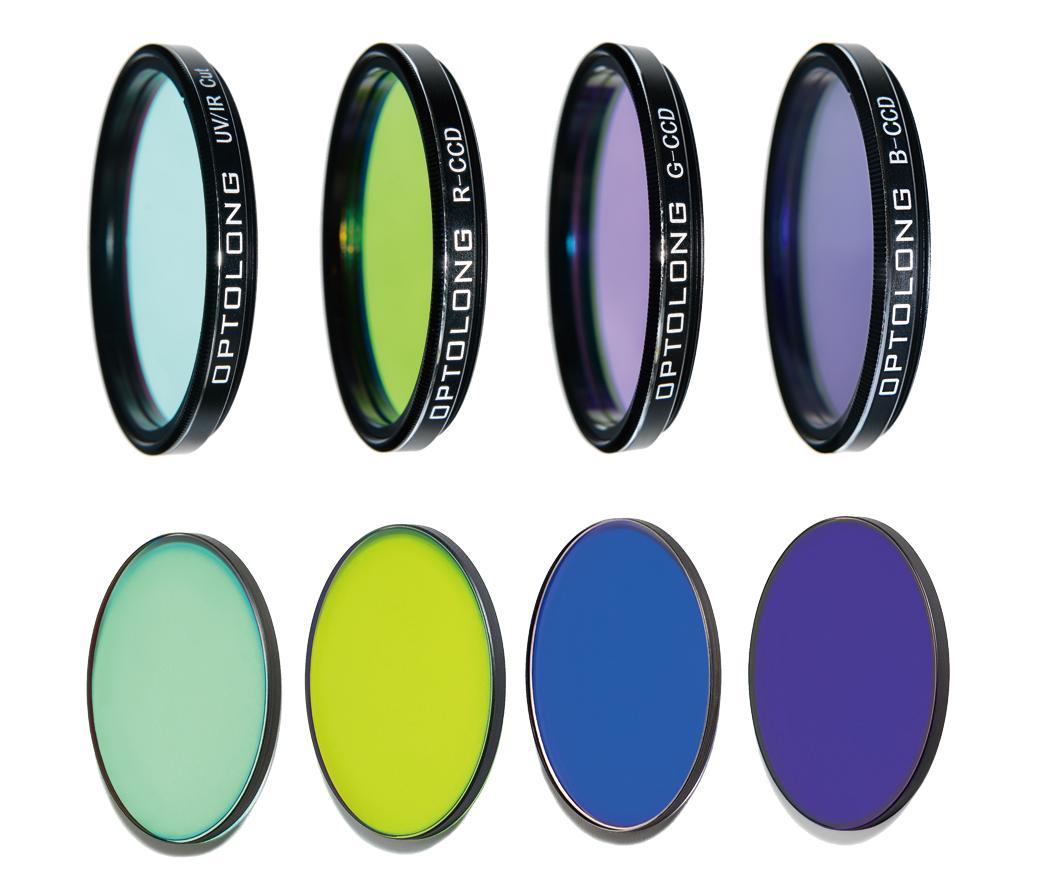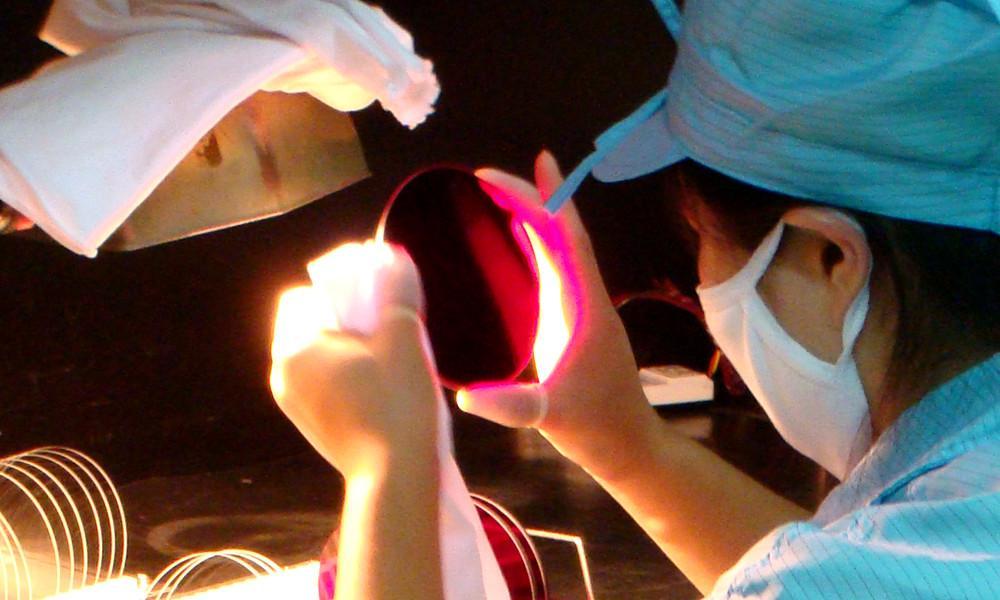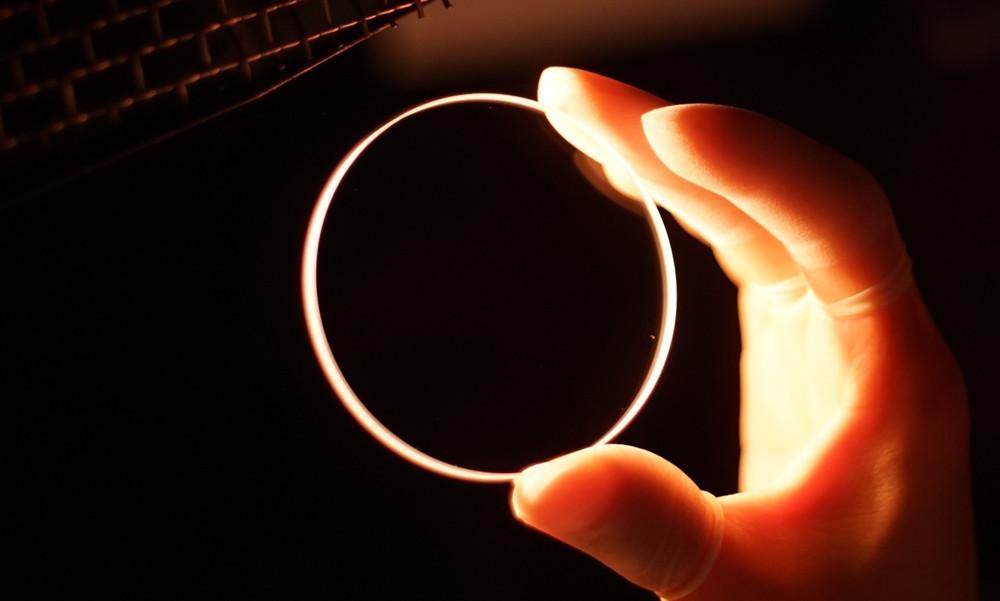The Process to Clean Optolong Filters
The Process to Clean Optolong Filters
After purchasing an Optolong optical component, exercising proper care can maintain its quality and extend its usable lifetime. Choosing the proper cleaning products and using the proper methods are as important as cleaning the component itself. Improper cleaning practices can damage polished surfaces or specialized coatings that have been used on optics such as lenses, mirrors, filters, or gratings, degrading the performance in almost any application. Also, be aware of your clothing and your environment while cleaning optics; shirts with zippers and buttons can scratch your optics, likewise dirty or dusty environments are not well suited for optical applications.

Cleaning Methods
Filters OR Lenses
Dust is the most common contaminant and can usually be removed using Compressed Air. If more cleaning is necessary, hold the lens in Lens Tissue and apply a few drops of Reagent-Grade Isopropyl Alcohol, Reagent-Grade Acetone, or Lens Cleaning Solution. Slowly turn the lens while applying pressure in the center and working outward, to pull dirt off the lens instead of redistributing it on the surface.
Fingerprints on a coated lens should be cleaned as soon as possible to avoid staining or damaging the optic.
Large dirt particles, however, should be removed with a Dust-Free Blower before attempting to clean the optic with lens tissue.
Larger particles trapped under the cloth will scratch the surface you are attempting to clean. If the lens is still dirty- for instance, if the oil was just redistributed and not cleaned off the optic- then a mild soap solution can be used to gently wash the lens. Repeat the procedure with Reagent-Grade Isopropyl Alcohol or Reagent-Grade Acetone to eliminate streaks and soap residue.

Mirrors
After blowing off dirt and dust with Compressed Air, the Drag Method of cleaning can be used to remove fingerprints or other contaminants on mirrors. In the Drag Method, lens tissue tissue saturated with Reagent-Grade Isopropyl Alcohol or Reagent-Grade Acetone is slowly dragged across the surface. If done correctly, the solvent will evaporate uniformly without leaving streaks or spots. Bare metallic coatings are delicate and cannot be cleaned in this manner. Dirt and fingerprints will permanently damage a bare metal-coated mirror, so preventive measures should be taken to prolong the lifetime of the coating.
In a word, cleaning the optics, the preferred method is to use Compressed Air or an Air Blower to remove dust. If additional cleaning is required, then using a Cotton-Tipped Swab or Lens Tissur saturated with Reagent-Grade Isopropyl Alcohol, Reagent-Grade Acetone, or Lens Cleaning Solution will work too.
Tips for Handing Any Optics to Keep Them in Good Condition
- Always handle optics by the edges, never touch the optical surface with your fingertips. The moisture on your fingertips can sometimes damage the coating on optics, and if a fingerprint is left on an optical surface for a long time, it can become a permanent stain. Even if you are wearing gloves, avoid touching the optical surface.
- Never handle optics with metal implements. Reduce the chance of damage by suing wooden, bamboo, or plastic implements to handle optics. Vacuum pens are handy for small optics.
- Always place an optic on a soft surface, especially if the optical surface is convex. Resting on a hard tabletop can cause scratches in the surface.
- For lens systems or assemblies, always replace the lens cap when not in use to protect the optical surface form damage.
- To store optics, wrap them individually in clean, lint free Lens Tissue and put in a safe place. Never store unwrapped optics together in a box or bag, as they will damage each other if they touch.
- Never store optics with heavier items on top of them.





